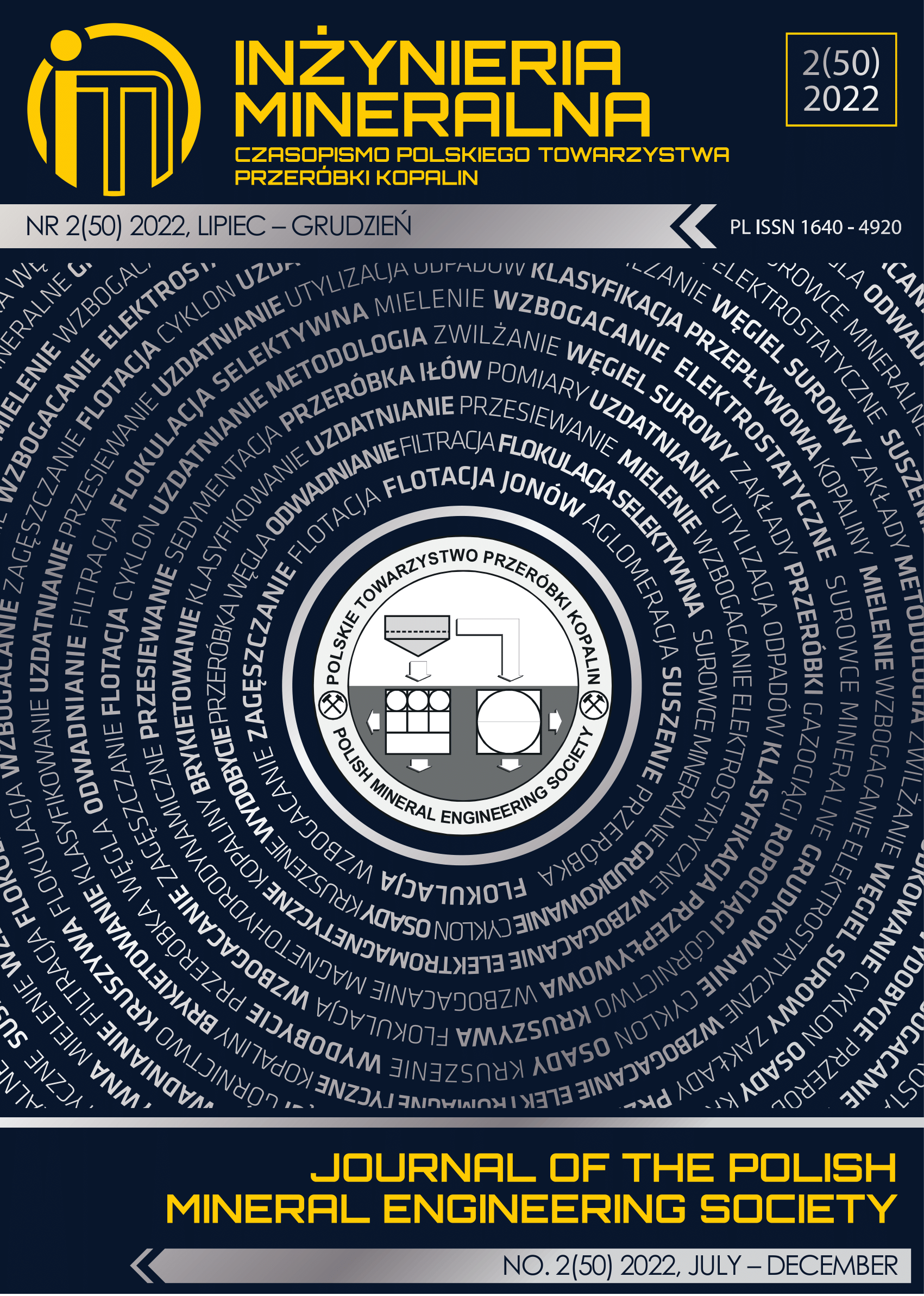Marine Plastic Litter in Phu Quoc Marine Protected Area, Vietnam: Current Status and Mitigation Approaches
Abstract
Marine plastic pollution causes adverse effects on global environment and marine ecosystems, particularly in marine protected areas. However, little is known of the effects of marine plastic debris on marine ecosystem services, human wellbeing, society, and the economy. We selected Phu Quoc Marine Protected Area (Phu Quoc MPA) for gaining an insight into current marine plastic debris as a first step towards understanding its effects on the environment and biodiversity in the region. This study applied secondary data analysis, semi-structured interviews, field measurements, and the quadrate line transect method in pursuit of the objective of the study. The findings reveal that marine plastic debris disposed of in Phu Quoc MPA dominantly came from diverse sources including rivers, streams, canals, tourism service providers, and marine aquaculture development areas. The abundance of macroplastic on the beaches was approximately between 1.109 and 0.248 items/m2 (equivalent to 0.082 ± 0.021 kg/m2). Most of the macroplastic were single-use plastics and accounted for more than 82%. The average size was approximately 14.932 ± 1.846 cm for items less than 30 cm. The remaining ones were HDPE plastic bags and plastic debris. The macroplastic and microplastic need to be stopped in order to encourage sustainable management of waste in the region.
This journal permits and encourages authors to post items submitted to the journal on personal websites or institutional repositories both prior to and after publication, while providing bibliographic details that credit, if applicable, its publication in this journal.







.png)
